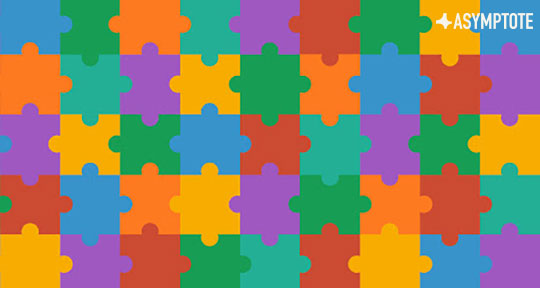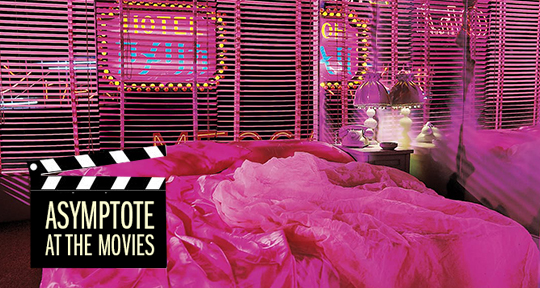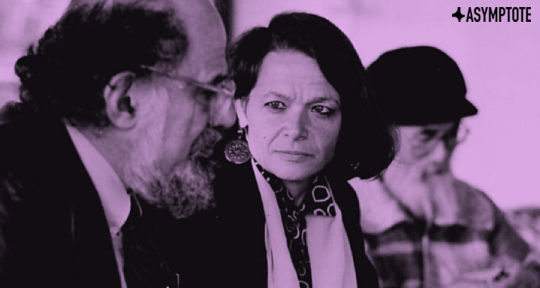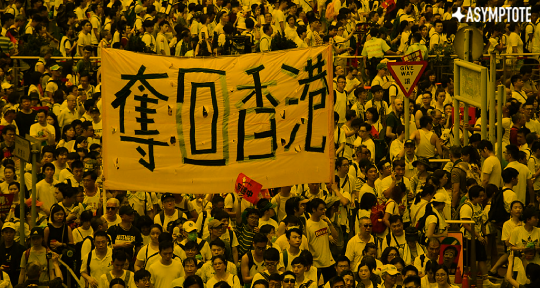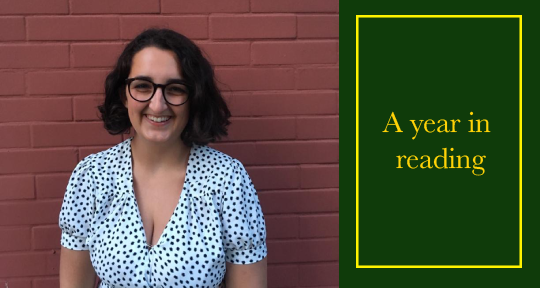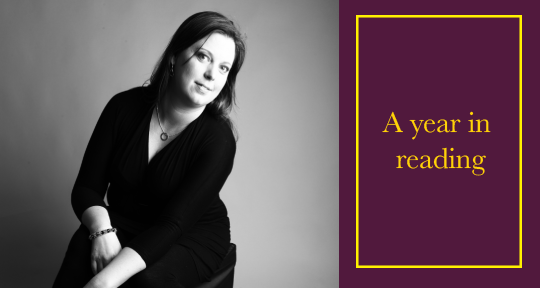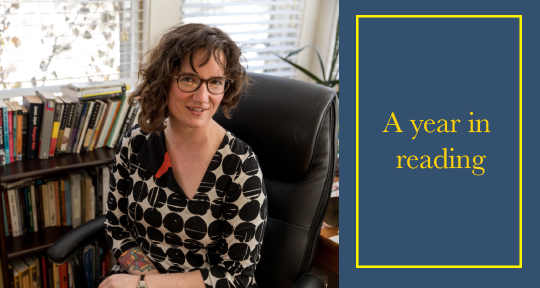Róbert Gál is a Prague-based Slovakian writer. Known for his aphorisms and innovative narrative forms, his work is playful, philosophical, and interrogates the limits of language and communication. In this essay, Seth Rogoff examines the English translations of his work.
What to make of an author who distrusts language, who questions the necessity or the ability to communicate? These might be the central questions one faces when approaching the works of the writer Róbert Gál. Two recent translations from Slovak, Agnomia (Dalkey Archive, 2018) and Naked Thoughts (Black Sun Lit, 2019), bring the total number of Gál’s books available to English readers to four. Naked Thoughts is a continuation of the aphoristic form Gál demonstrates in his first two English editions, Signs and Symptoms (Twisted Spoon, 2003) and On Wing (Dalkey Archive, 2015). Agnomia is a departure among these titles—it consists of a 79-page prose fragment, narrated in one unbroken paragraph. The slimness of these four volumes only emphasizes their literary and philosophical weight. Gál’s project is an ambitious one. He builds his literary oeuvre on a fundamentally unstable foundation: a language that is continuously breaking down in varying ways. This breakdown puts pressure on a whole host of social pillars, like truth, reason, progress, purpose, and meaning. On the one hand, such an assault on the stitches that hold society together leads, in Gál’s work, to isolation and desperation, eventually pushing toward death—and the motif or theme of death hangs low over these works. At the same time, for Gál the failure of language to hold the social fabric together opens up something new at its frayed end, new possibilities for a kind of truth that lies below or alongside “Truth,” for an understanding that is overshadowed by reason, and for an even deeper type of communication that is prevented by quotidian language games. READ MORE…

